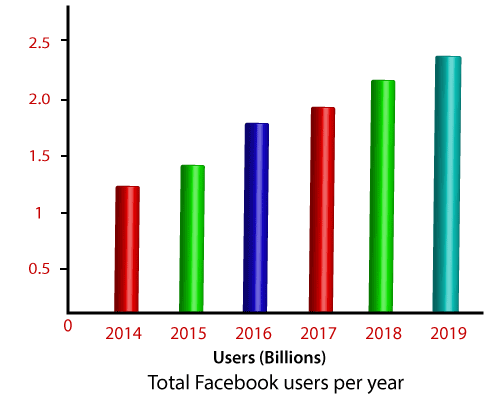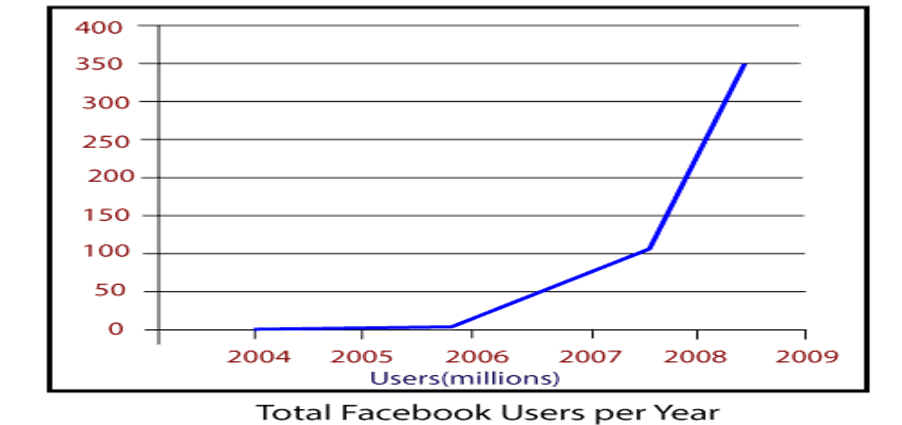Clustering in Data Mining

Social media is a great source of information and a perfect platform for communication. Businesses and individuals can make the best of it instead of only sharing their photos and videos on the platform. The platform gives freedom to its users to connect with their target group easily and fantastically. Either a group or an established business, both face difficulties in standing up with the competitive social media industry. But through the social media platform, users can market or develop his/her brand or content with others.
Social media mining includes social media platforms, social network analysis, and data mining to provide a convenient and consistent platform for learners, professionals, scientists, and project managers to understand the fundamentals and potentials of social media mining. It suggests various problems arising from social media data and presents fundamental concepts, emerging issues, and effective algorithms for data mining, and network analysis. It includes multiple degrees of difficulty that enhance knowledge and help in applying ideas, principles, and techniques in distinct social media mining situations.
As per the “Global Digital Report,” the total number of active users on social media platforms worldwide in 2019 is 2.41 billion and increases up to 9 % year-on-year. With the universal use of Social media platforms via the internet, a huge amount of data is accessible. Social media platforms include many fields of study, such as sociology, business, psychology, entertainment, politics, news, and other cultural aspects of societies. Applying data mining to social media can provide exciting views on human behavior and human interaction. Data mining can be used in combination with social media to understand user’s opinions about a subject, identifying a group of individuals among the masses of a population, to study group modifications over time, find influential people, or even suggest a product or activity to an individual.

For example, The presidential election during 2008 marked an unprecedented use of social media platforms in the United States. Social media platforms, including Facebook, YouTube played a vital role in raising funds and getting candidate’s messages to voters. Researcher’s extracted blog data to demonstrate correlations between the amount of social media platform used by candidates and the winner of the 2008 presidential campaign.
This effective example emphasizes the potential for data mining social media data to forecast results at the national level. Data mining social media can also produce personal and corporate benefits.
Social media mining refers to social computing. Social computing is defined as “Any computing application where software is used as an intermediary or Centre for a social relationship.” Social computing involves application used for interpersonal communication as well as application and research activities related to “computational social studies” or Social behavior.”
Social media platform refers to various kinds of information services used collaboratively by many people placed into the subcategories shown below.
| Category | Examples |
|---|---|
| Blogs | Blogger, LiveJournal, WordPress |
| Social news | Digg, Slashdot |
| Social bookmarking | Delicious, StumbleUpon |
| Social networking platform | Facebook, LinkedIn, Myspace, Orkut |
| Microblogs | Twitter, GoogleBuzz |
| Opinion mining | Epinions, Yelp |
| Photo and video sharing | Flickr, YouTube |
| Wikis | Scholarpedia, Wikihow, Wikipedia, Event |
With popular traditional media such as radio, newspaper, and television, communication is entirely one-way that comes from the media source or advertiser to the mass of media consumers. Web 2.0 technologies and modern social media platforms have changed the scene moving from one-way media communication driven by media providers to where almost anyone can publish written, audio, video, or image content to the masses.
This media environment is significantly changing the way of business communication with their clients. It provides exceptionally unprecedented opportunities for individuals to interact with a huge number of peoples at a very low cost. The relationships present online and shown through the social media platform are digitalized data sets of social media platforms on a scale. The resulting data offers rich opportunities for sociology and insights to consumer behavior and marketing among a host of apps linked to similar fields.
The growth and number of users on social media platforms are incredible. For example, consider the most tempting social media networking site, Facebook. Facebook reached over 400 million active users during the first six years of operation, and it has been growing exponentially. The given figure illustrates the exponential growth of Facebook over the first six years. As per the report, Facebook is ranked 2nd in the world for websites based on the traffic engagement of the users on the site daily.

The broad use of social media platforms is not limited to one geographical region of the world. Orkut, a popular social networking platform operated by Google has most of the users from the outside the United States, and the use of social media among Internet users is now mainstream in many parts of the globe including countries Aisa, Africa, Europe, South America, and the middle east. Social media also drive significant changes in company and business need to decide on their policies to keep pace with this new media.
Motivations for Data Mining in Social Media:
The data accessible through Social media platform can give us insights into social networks and societies that had not been feasible in both scale and extent previously. This digital media can transform the physical world limitations to study human relationships and help to measure popular social and political beliefs to the regional community without specific studies. Social media records viral marketing trends efficiently and is the ideal source to understand better and leverage the influence mechanisms. However, it is quite difficult to gain valuable information from social networking sites data without implementing data mining techniques due to specific challenges.
Data Mining techniques can assist effectively in dealing with the three primary challenges with social media data. First, social media data sets are large. Consider the example of the most popular social media platform Facebook with 2.41 billion active users. Without automated data processing to analyze social media, social media data analytics becomes inaccessible in any reasonable time frame.
Second, Social media site’s data sets can be noisy. For example, Spam blogs are large in number in the blogosphere, as well as unimportant tweets on Twitter.
Third, data from online social media platforms are dynamic, regular modifications and updates over a short period are not common but also a significant aspect to consider in dealing with social media data.
Applying data mining methods to huge data sets can improve search results for everyday search engines, realize specified target marketing for business, help psychologists study behavior, personalize consumer web services, provide new insights into the social structure for sociologists, and help to identify and prevent spam for all of us.
Moreover, open access to data offers an unprecedented amount of data for researchers to improve efficiency and optimize data mining techniques. The progress of data mining is based on huge data sets. Social media is an optimal data source on the edge of data mining for progressing and testing new data mining techniques for academic and allied data mining analysts.
